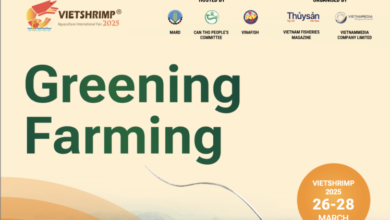8-10 October, 2024 | Cold Harvest 2024
Cold Harvest 2024
Dates: October 8-10, 2024
Location: St. John’s, Newfoundland, Canada
Cold Harvest is Canada’s top aquaculture conference, focused on enhancing and developing the aquaculture business for the benefit of our sector and communities. Held annually by the Newfoundland and Labrador Aquaculture Industry Association, this event provides an excellent opportunity for farm management and service sector professionals to expand their knowledge and forge new business connections. Attendees can anticipate dynamic discussions on aquaculture innovations, technology, scientific research, and advancements in the service sector.
This year’s conference will place a special emphasis on the seaweed sector, featuring a Seaweed Culture Workshop on October 8.
Visite the website for more information: https://www.coldharvest.ca/





